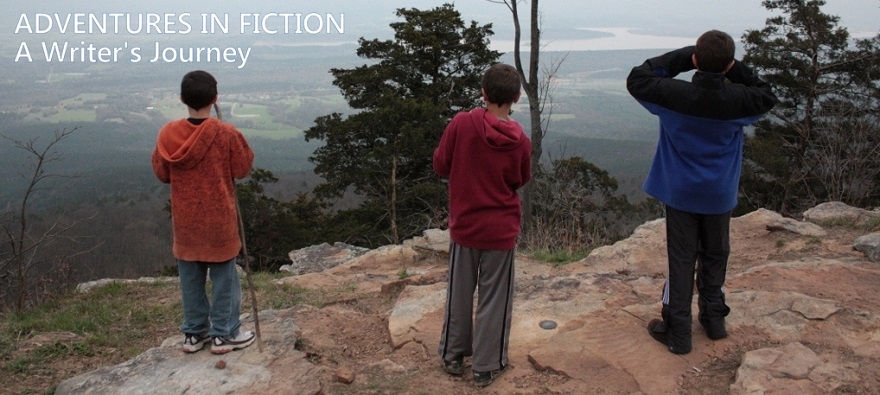What's Hollywood's problem? A classic tale, beloved by myriad readers, must be so re-written that it becomes not only barely recognizable but so watered-down and shallow that its great themes are pallid versions of themselves, if indeed they still exist?
Of what are the Hollywood types afraid? The faith that inspired the stories? Or do they think they're actually improving a classic series? Poor benighted fools. Arrogant fools.
I enjoyed the new The Lion, the Witch and the Wardrobe, as well as the new Prince Caspian, despite unnecessary changes that weakened the story, but The Voyage of the Dawn Treader? Ack. There are no words.
The search for seven swords? Huh? Were the makers envisioning a mash-up with some other fantasy tale?
As for the dragon, his transformation back to regular boy is only given a passing swipe by Aslan's claws -- not even that, really, since the lion never touches the dragon. Not exactly how the story goes, as I recall.
And what about the sacrifice required of the crew -- and gladly made by Reepicheep -- in the story that C.S. Lewis actually wrote? At the end of the adventure, when the lamb becomes a lion, well, those God-fearing filmmakers (and I mean God-fearing in the sense that they have a decided nervousness toward, phobia about, or negative view of God)
In this current film adaptation -- more like decapitation -- the depth and vision of the story is lost. However, the young actor portraying Eustace Scrubb is spot-on: perfectly annoying, and with excellent comic delivery.
A closer adaptation of all three stories can be found in the BBC television serialization from the late 1980s. No, the special effects aren't slick, and some are -- literally -- cartoons. However, the creatures are creatively done, with either green screen or imaginative costuming and makeup. (Not only is Reepicheep one of my favorite characters, but the costume is perfect.) And, viewing this series, fans of the books are not so prone to throwing things at the screen.















